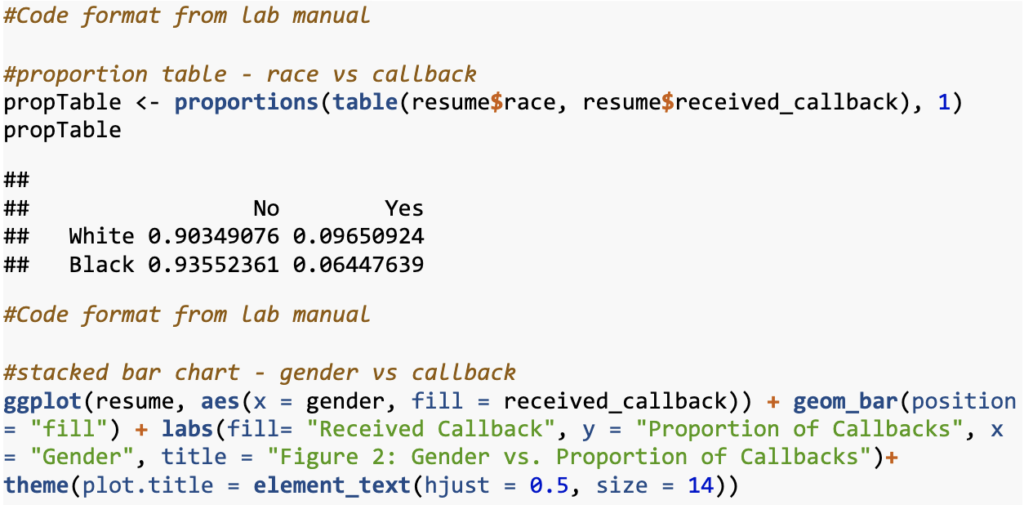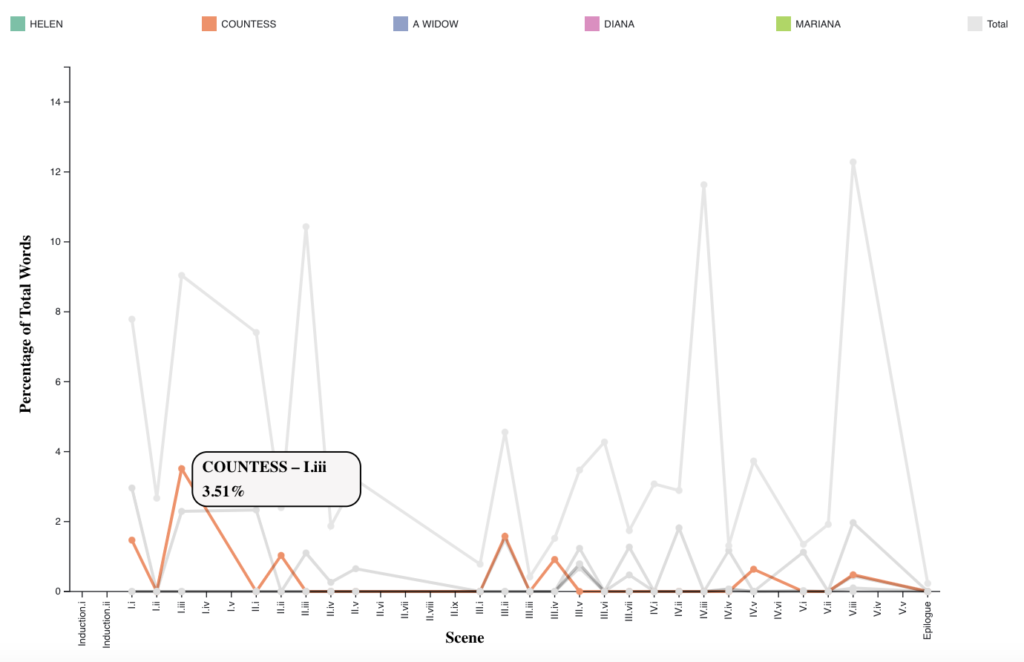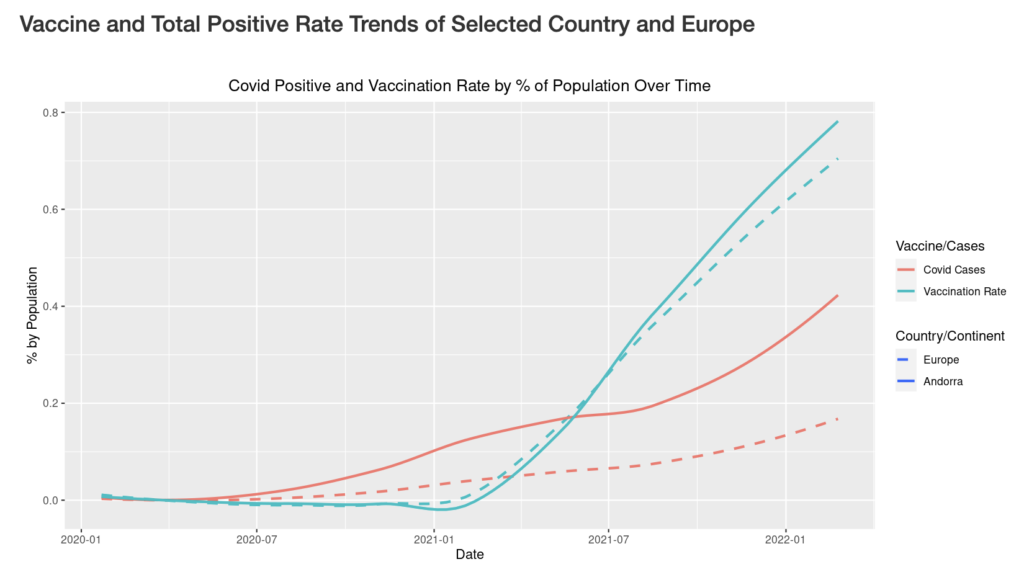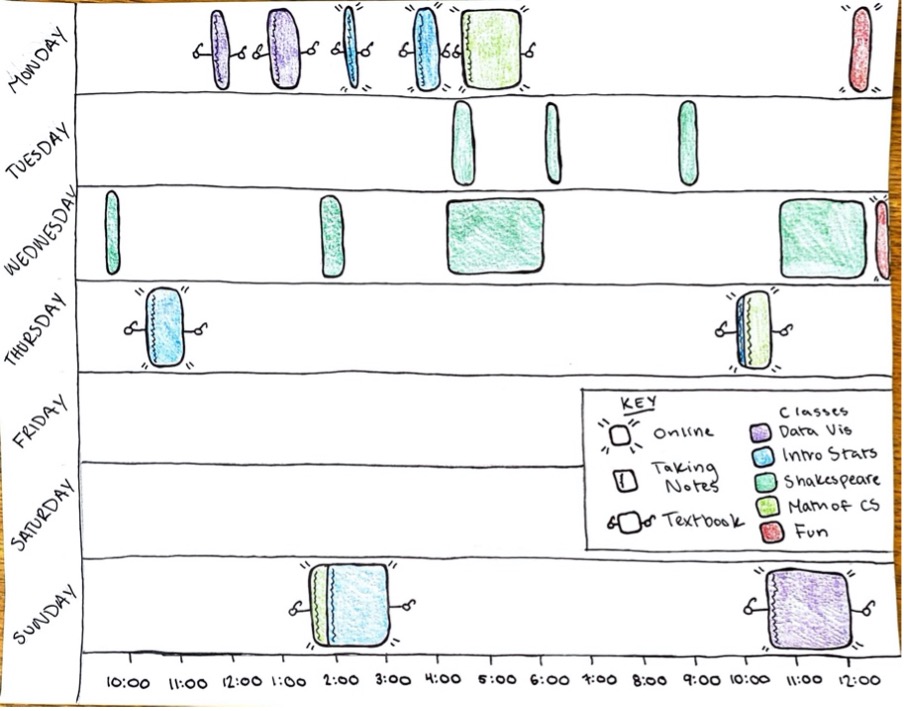
Date: Summer 2021 – Spring 2022
Partner(s): Pragya Kallanagoudar
My work on this project is part of a much larger effort to help the National Association of Criminal Defense Lawyers and several journalistic organizations create a database that tracks police misconduct. I worked on identifying police misconduct cases by querying a larger database of legal cases, extracting relevant information from PDF versions of case files, and creating human-in-the-loop tools to allow for the verification of my program output. This is the second large-scale academic research project I have been a part of and my first experience building specialized tools for an audience I am receiving regular feedback from.







